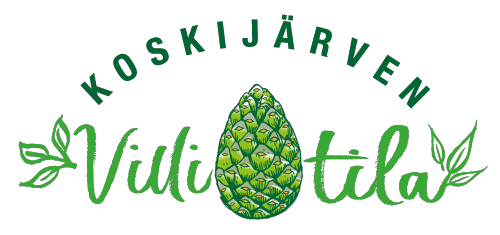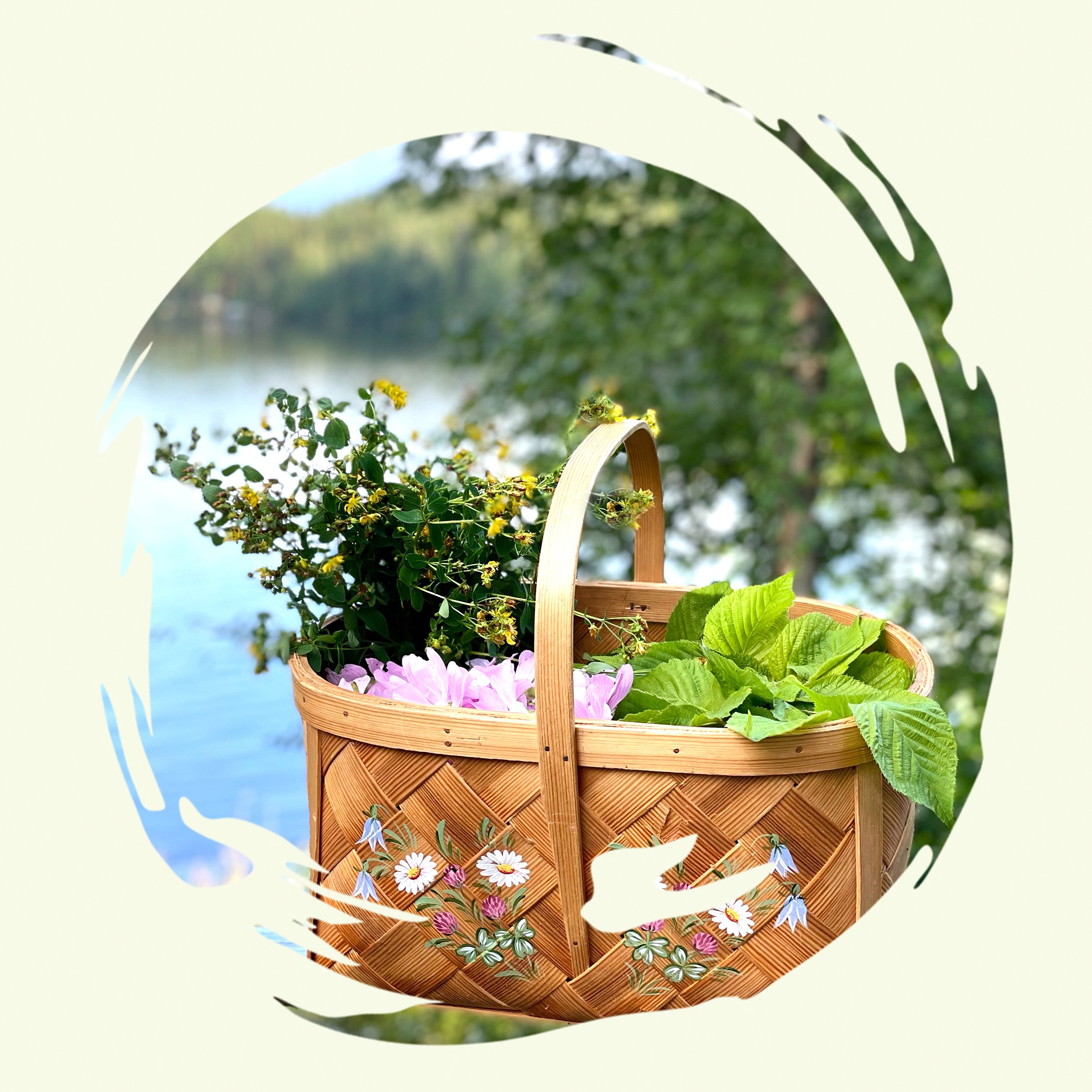sustainability
At Koskijärven Villitila our first and foremost value is to function in harmony with nature. The concept of wild food constitutes a policy of its own. It’s not only about food culture but it includes environmental and ecological concerns as well.
Wild plants are the most ecological of all superfoods, the most sustainable of all local foods, as they are carbon negative and pure to eat. Wild plants grow on their own, without plowing, seeding, fertilizing nor weeding.
The wild crop is harvested by hand, without machines. So the carbon and water footprints are negative.
It is the nature of wild foods that the plants are utilized according to season, depending on their natural habitats and growing periods. If you forage for a lot of different species the harvest time isn’t restricted to just spring and summer that are the golden days for most green plants.
gentle process of freeze-drying
Freeze-drying preserves in the natural blossoms and berries the energy and flavonoids endowed by the long summer days. No preservatives.
Fermentation
Tea fermentation is the ripening of plant leaves, i.e. green leaves, by fermentation, so that a dark tea-like leaf is obtained. Regular black tea and most real teas are more or less fermented.
During grinding, the enzymes of the plant mass oxidize the plant material. With the help of microbes, the tea leaves change their color, taste and smell.
Even the bitter tannins of plants are broken down and replaced by new flavoring substances with a good taste and smell.
The fermentation of wild herbal tea leaves deepens and intensifies the flavors and active substances of the plants, and the beneficial properties of the tea also increase. Fermented leaves have a positive effect on the well-being of the intestines.






